I’ve always said sport is the language I speak best, mainly because I’m obsessed but also because through them, I’ve come to understand the world. Sport taught me how power moves, how economies breathe, how race still defines access, and how politics hides behind sponsorship logos and national anthems. It’s the one arena where all of humanity’s contradictions coexist and for me, it has become both classroom and compass.
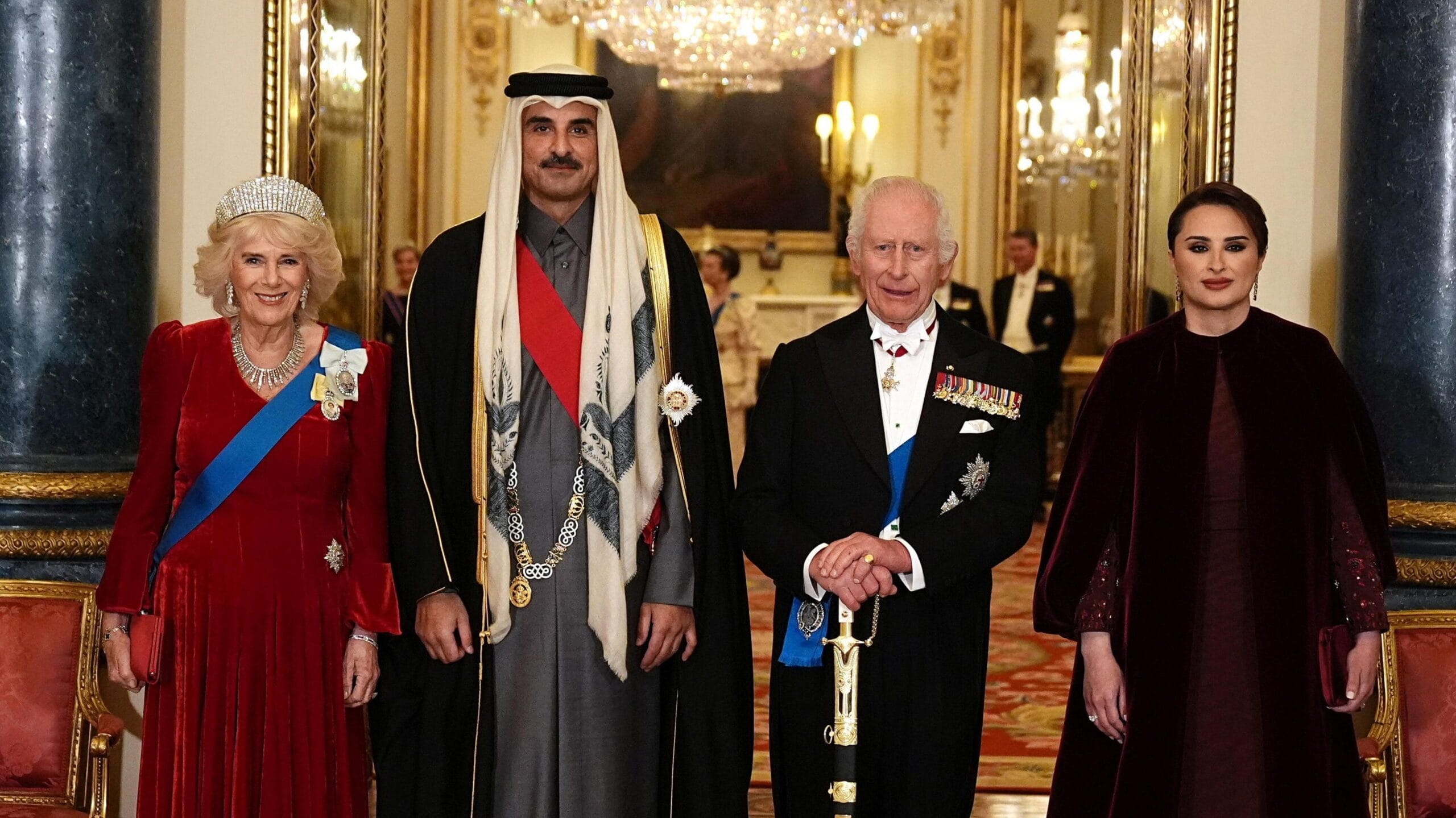
When Roman Abramovich bought Chelsea Football Club in 2003, it was never just about football. Fulham, where Chelsea is based, is one of the wealthiest postcodes in London, an enclave of old money, embassies, and discreet foreign wealth. It’s also home to a significant number of Russia’s richest expatriates, a quiet colony of oligarchs and financiers who turned parts of London into what locals half-jokingly call “Londongrad.” So it was no surprise that Chelsea, a club rooted in that neighbourhood, came to be owned by a Russian businessman. Abramovich’s purchase was part of a broader geopolitical pattern: post-Soviet elites using English football to legitimise wealth and influence. When the UK froze his assets in 2022 following Russia’s invasion of Ukraine, the illusion of sport as a neutral space shattered. The pitch had always been political, we just pretended it wasn’t..

Soon after, the Gulf states followed suit. The Qatari, Emirati, and Saudi royal families, long-time rivals in regional politics, turned European football into a stage for soft power. Paris Saint-Germain, Manchester City, and Newcastle United became emblems of state identity, not sporting ambition. It’s no coincidence that the Qatari royal family now owns more property in the United Kingdom than the British monarchy. The same country that once colonised half the world now finds its landmarks, clubs, and skyline owned by the very regions it once subjugated. Empire, it seems, didn’t die; it just changed its jersey.
Here in South Africa, inequality plays out just as clearly, you can map it by the sport people play. Rugby fields are rare in the townships unless you’re in the Eastern or Western Cape. Rugby still thrives in manicured suburbs and elite all-boys schools, while football belongs to the dust and improvisation of the townships. Some of the country’s most prestigious schools have excluded football from their curriculums, quietly reinforcing the unspoken hierarchy between what is considered “elite” and what is deemed “ordinary.”
The economics make that hierarchy plain. A ticket to watch Bafana Bafana in a World Cup qualifier against Nigeria costed between R100 and R150, an accessible price for ordinary fans. In contrast, a Springboks Test against Australia started at R525 before parking, transport, or hospitality. For many South Africans, the difference isn’t simply about affordability, it’s about belonging. Corporate South Africa has made its loyalties clear: rugby, the sport of the historically privileged, receives the gold standard of sponsorship and visibility, while football, the sport of the majority, survives on volume and sentiment. It’s not just about administration, it’s about perception. Rugby represents “order.” Football represents “chaos.” Those words are coded. They always have been.
That division didn’t start with money; it started with history. Under apartheid, when gatherings of Black South Africans were criminalised, football became the loophole, a space to gather, to breathe, to exist. For ninety minutes, oppression loosened its grip. The stadium became more than a place of play; it became a classroom of resistance, a dress rehearsal for freedom. In the rhythm of the drums and the chants, democracy was practised long before it was declared. Football wasn’t just a game, it was a metaphor for survival.
Across the Atlantic, similar patterns unfold through geography, money, and culture. The New York Knicks, though the city’s oldest and most iconic team, occupy a peculiar space. They were the only NBA franchise based in New York, and most of the city supports them by default. Yet what they represent, or rather how they market themselves, tells a different story. The Knicks collaborate with Kith, a global luxury streetwear brand founded by Ronnie Fieg, a native New Yorker whose designs embody the city’s upscale nostalgia. Their image feels like Manhattan itself, polished, aspirational, draped in legacy and fashion.
The Brooklyn Nets, across the bridge, speak a different dialect of the same city. Their jerseys have honoured Jean-Michel Basquiat, the Brooklyn-born artist who turned pain into poetry. Their pre-game soundtracks echo Biggie Smalls. Their content celebrates neighbourhood barbershops, bodegas, and small businesses, the heartbeat of a borough built on resilience. Where the Knicks represent affluence and nostalgia, the Nets represent the people. Brooklyn is the story of culture over commerce; Manhattan is commerce masquerading as culture.
The same tension appears earlier in American life, when top high school athletes, often young, gifted, and Black, are always faced with the decision of committing to Historically Black Colleges and Universities (HBCUs) or pursuing the prestige of Division I powerhouses. The decision is never just athletic; it’s cultural, political, and economic. Signing with an HBCU means honouring legacy and community, but it often comes at the cost of exposure and financial opportunity. Choosing a D1 school promises visibility but also assimilation, entering a system that profits from Black talent while rarely empowering it. That choice alone says everything about America’s relationship with sport and power: who builds, who benefits, and who is forgotten once the lights dim.
And then there are moments when sport reveals the psychology of privilege. I think about Coco Gauff’s victory over Aryna Sabalenka at the 2025 French Open, Gauff, calm and composed over her win; Sabalenka on the other side, shocked, almost offended by the loss. It wasn’t arrogance, it was conditioning. Black athletes are raised to prove they belong, to excel just to exist. White athletes are raised to expect belonging, to equate privilege with merit. Gauff’s composure and Sabalenka’s disbelief were a study in socialisation. It was less about sport and more about how we’re taught to handle the world saying no.
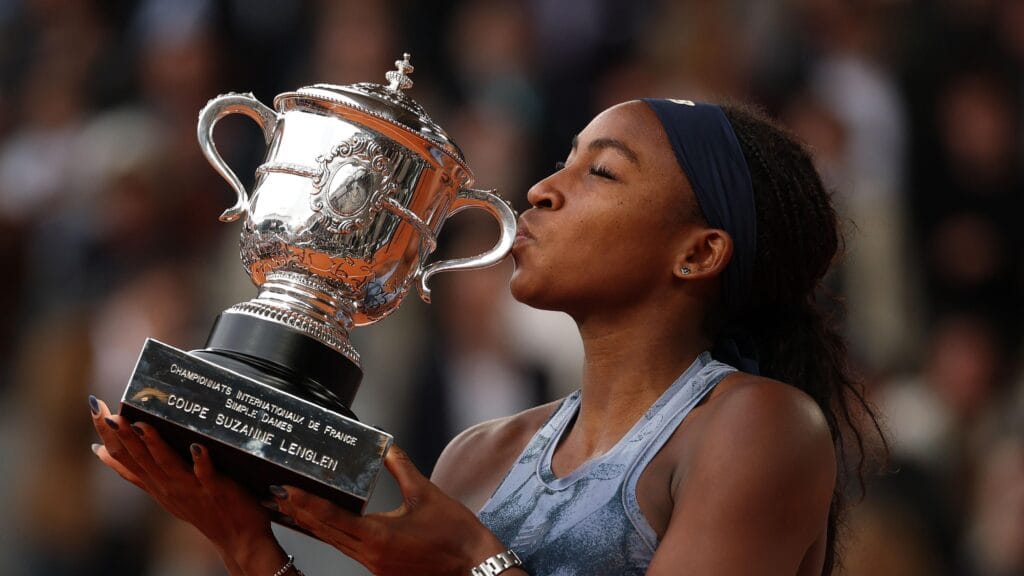
Caster Semenya’s story cuts even deeper, a continuation of that same story, but with devastating consequences. Her femininity was first brought into question by a white competitor who couldn’t comprehend losing to her, and whose doubt set off a chain of institutional suspicion. Like Sabalenka, that competitor felt she was meant to win, only here, that entitlement didn’t end in disappointment; it ended a career prematurely.
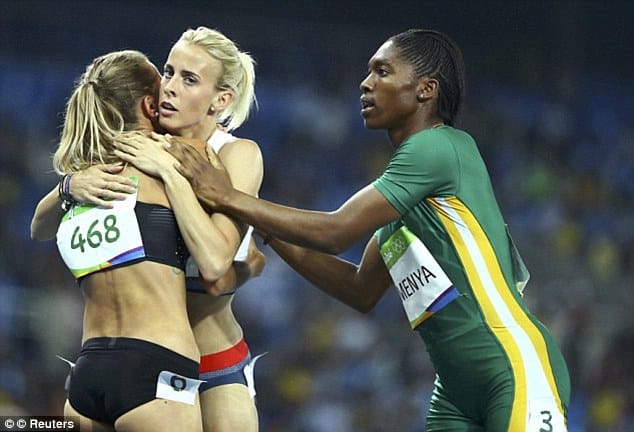
And here lies the truth most people avoid: the same world that claims to cherish fairness will bend its rules to protect white fragility. Sport looks down on doping, yet it demanded that Caster alter her natural biology to chemically suppress what was innate, to change her body so that others could feel comfortable losing to her. She was forced to “dope” in reverse, punished not for cheating, but for being. And all of it was justified in the name of fairness. But fair to whom? To the white woman who couldn’t win? To the institutions that couldn’t imagine a Black woman being built to dominate? The world showed its hand that day, whose humanity is negotiable and whose tears carry more weight. Caster Semenya wasn’t defeated by competition; she was undone by a global order that prioritises white comfort over Black existence. It wasn’t sport, it was the politics of who gets to be human.
Even the Commonwealth Games, which I once watched with pride, changed meaning once I understood what the “Commonwealth” really was, a club of former colonies tied to Britain by nostalgia and ceremony, not equality. The Games are framed as a celebration of unity, but the more you study their origins, the more they resemble a pageant of empire. Sport became the mask for colonial amnesia.
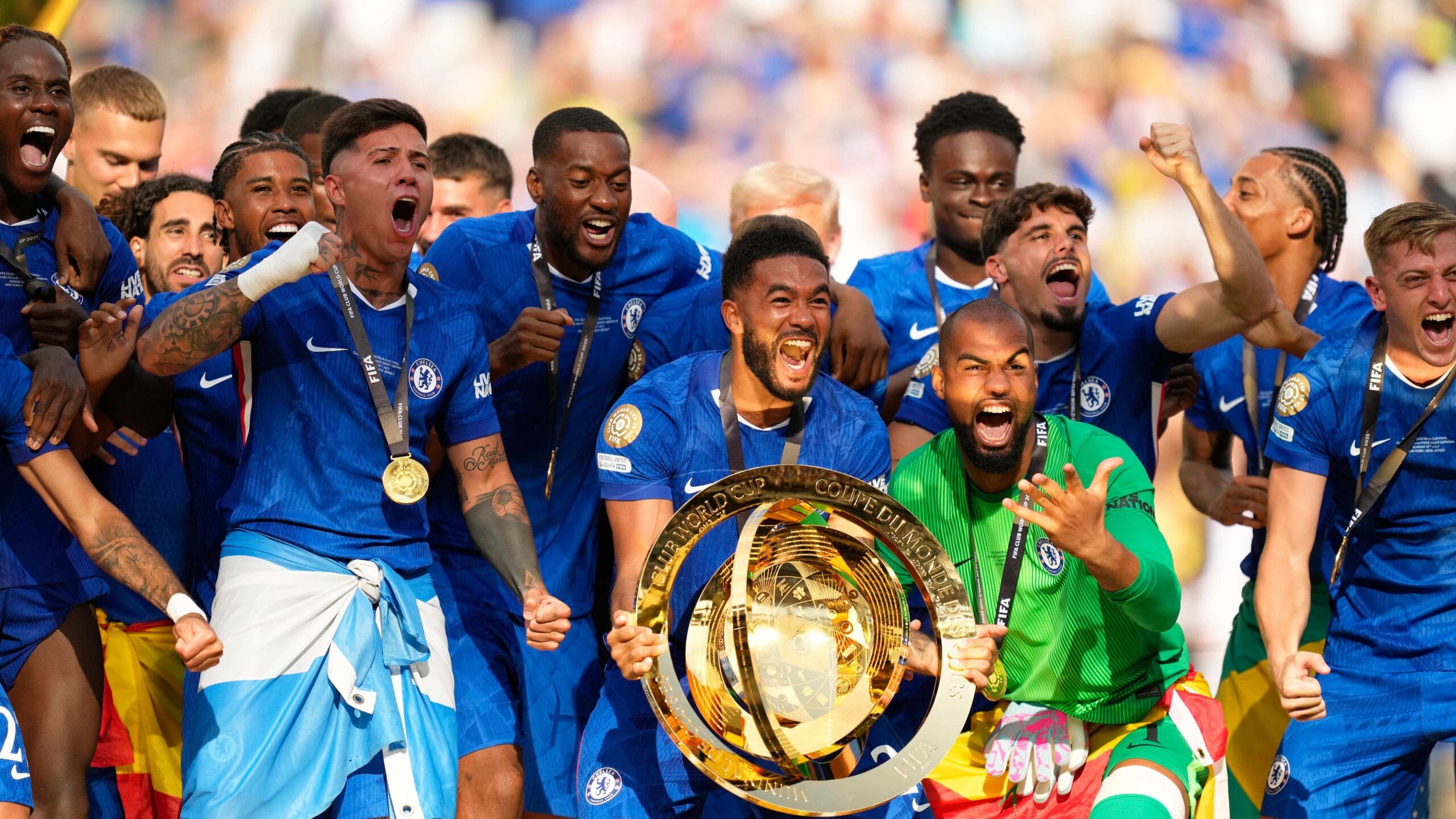
All of this is why I love sports. Not because it’s perfect, but because it’s honest. Sport has made me a better listener, obviously the commentary, but to history as well. It’s where you can see global inequality rendered in real time: who owns the stadiums, who can afford the seats, who cleans them after the final whistle. It’s where empire, resistance, capitalism, and culture all speak the same language, one I understand fluently.
When I watch a match, I see empires colliding, economies negotiating, and identities being redefined. I see wealth disguised as passion, nationalism masquerading as pride, and racism repackaged as “policy.” Yet I also see resilience, athletes who defy systems designed to contain them, fans who find joy where the world tells them they shouldn’t.
Sport is not just a game; it’s a map of the world drawn in sweat, money, and memory. And maybe that’s why I keep watching. Because beneath the jerseys and the anthems, sport remains the most truthful reflection of who we are: competitive, flawed, hopeful and still running, endlessly, toward the idea of fairness we may never quite reach.
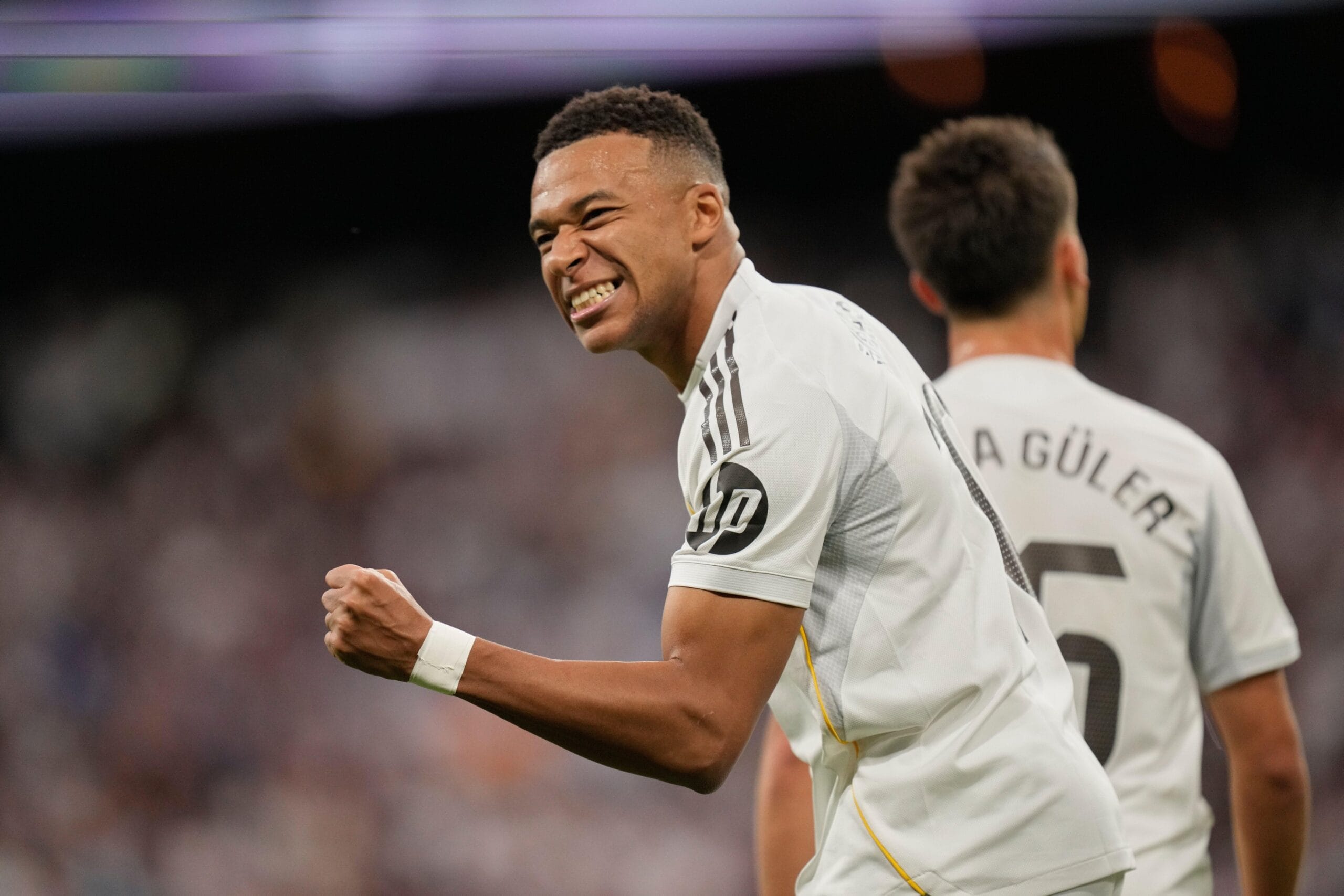

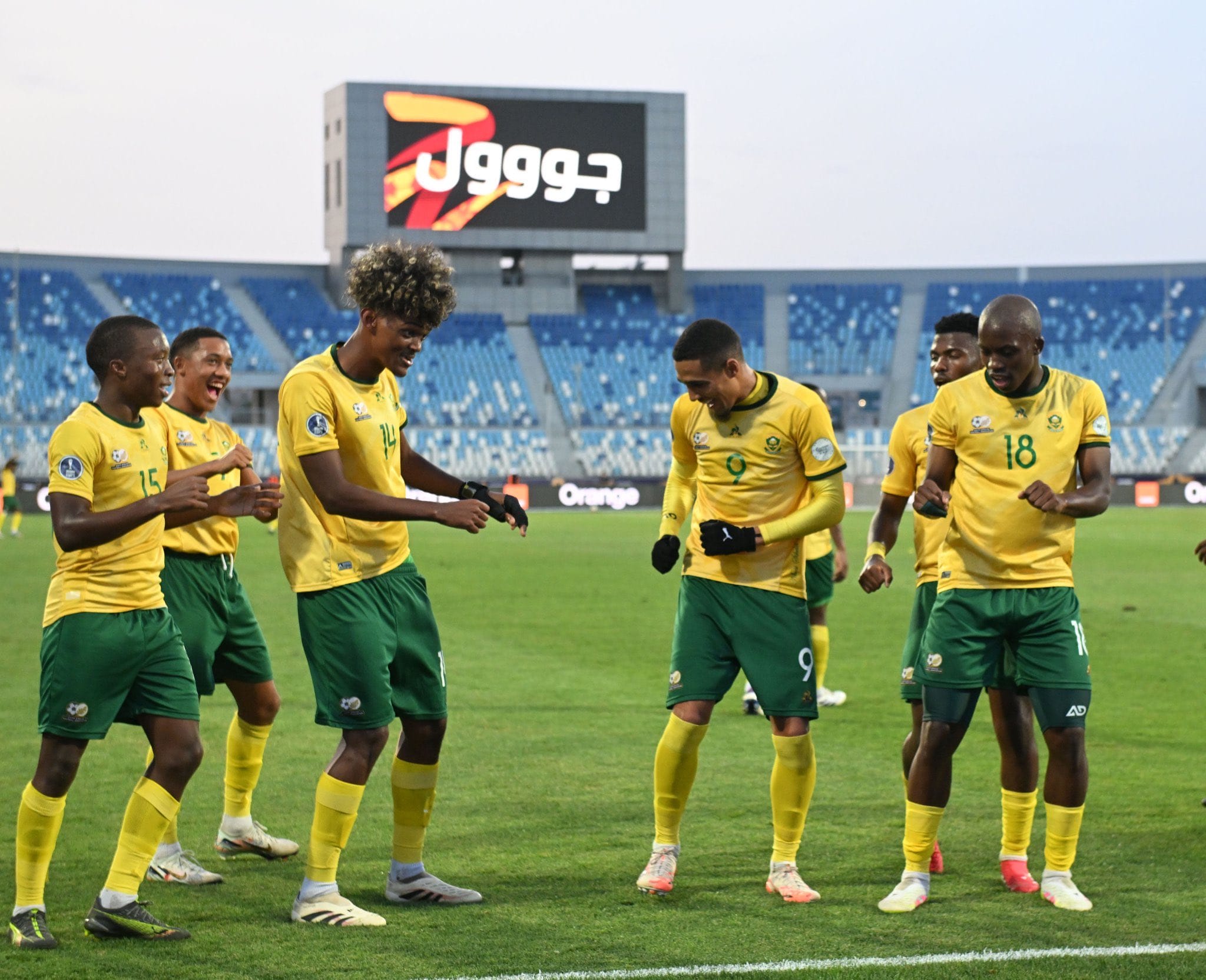
No Comments